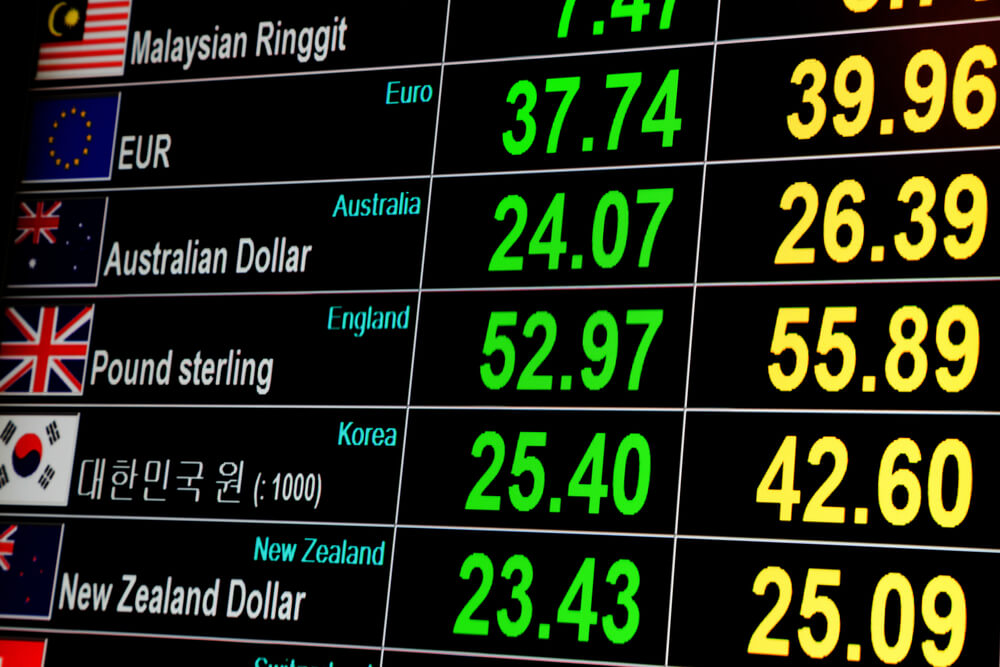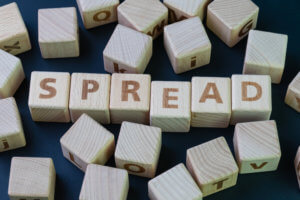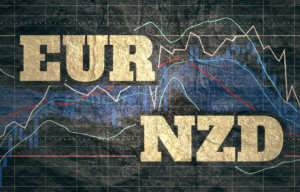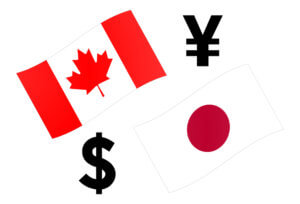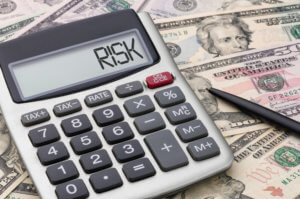Spread
Did you know that each time you place a trade, you pay a fee to the broker for providing the opportunity & platform to trade? Spreads act as a fee on zero-commission accounts (STP accounts). A spread is simply the price difference between the purchase price and selling price of an asset. The broker always shows two quotes of currency – one at which they sell the underlying asset to you and another at which they buy the underlying asset from you. The spread between these two prices makes the broker’s revenue from the foreign exchange transactions they perform for their clients.
Bid-Ask spread
There are two types of forex rates, the Bid and the Ask.
The price you pay to buy the forex pair is called Ask. It is always slightly higher than the market price.
The price at which you sell the forex pair is called Bid. It is always slightly lower than the market price.
The price that you see on the chart is always a Bid price. The ‘Ask’ price is always higher than the ‘Bid’ price by a few pips. Spread is essentially the difference between these two rates.
Spread = Ask – Bid
For example, when you see EUR/USD rates quoted as 1.1290/1.1291, you buy the pair at the highest Ask price of 1.1291 and sell it lower Bid price of 1.1290. This particular quote shows a spread of 1 pip.
Types of spreads
The kinds of spread depend on the rules of the broker. Spreads can either be fixed or floating.
Fixed spreads remain fixed no matter what the market conditions are at any given point of time. The advantage of this type of spread is that the broker will not be able to widen the spreads during volatility.
Floating, also known as variable spreads, are continually changing. They widen or tighten depending on the supply and demand of currencies and market volatility.
Slippage
Slippage is a phenomenon in the forex market where currency prices change while an order is being placed, thus causing traders to enter or exit trades at prices higher or lower than they desire. Slippage happens because of the imbalance of buyers, sellers, and trade volumes. It also occurs when the market is less active with lower liquidity.
For instance, a trader wants to buy a currency pair at $1.0015 (Current Market Price) with a broker of his choice. Once he submits the buy order, the best-offered price suddenly changes to $1.0020. It is considered as a negative slippage of 5 pips. In the same example, if the best-offered buy price suddenly changes to $1.0005, it is regarded as a positive slippage of 10 pips.
How to avoid slippage?
Slippage cannot be entirely avoided if you trade using market orders, but it can be reduced. One way a trader can minimize slippage is to ensure that their broker has many liquidity providers. Another way is to avoid trading during periods of high volatility as prices move faster and at wider intervals. To check volatility, traders can make use of technical indicators such as Bollinger bands or Average True Range.
The only way to entirely avoid slippage is by using strategies that employ limit orders on entries and exits.

